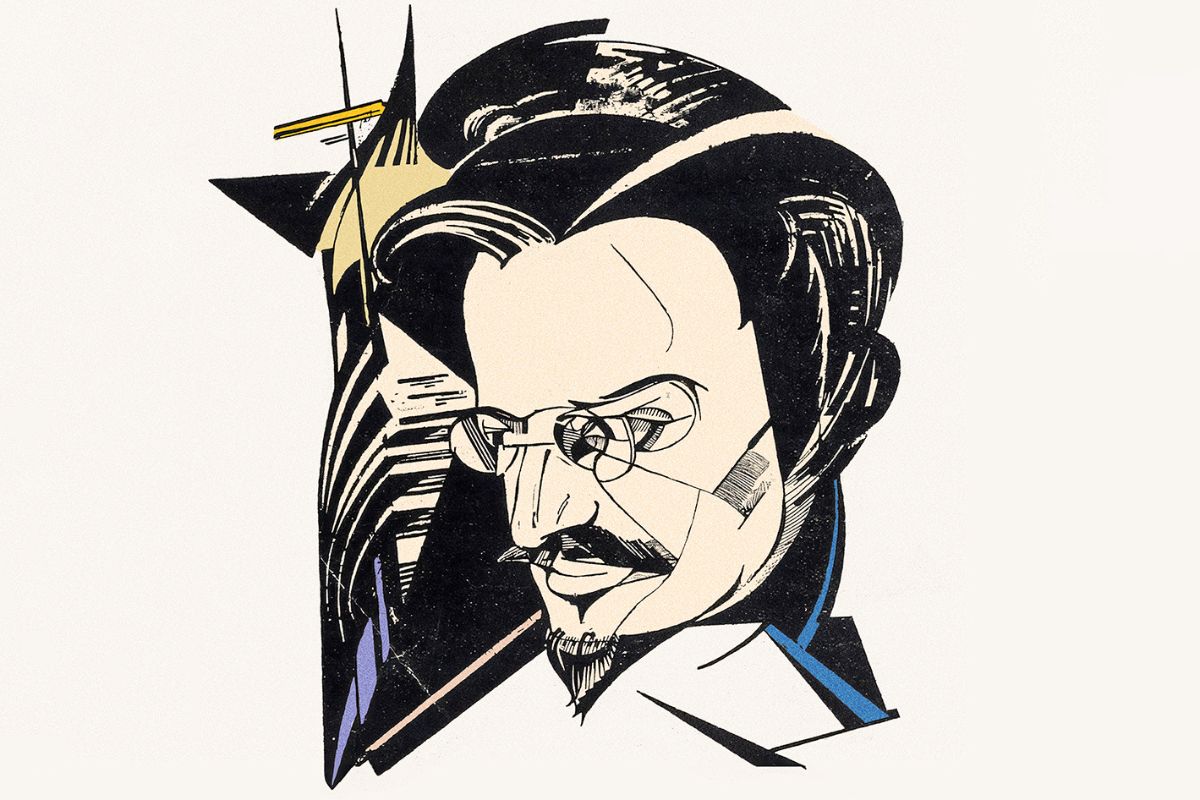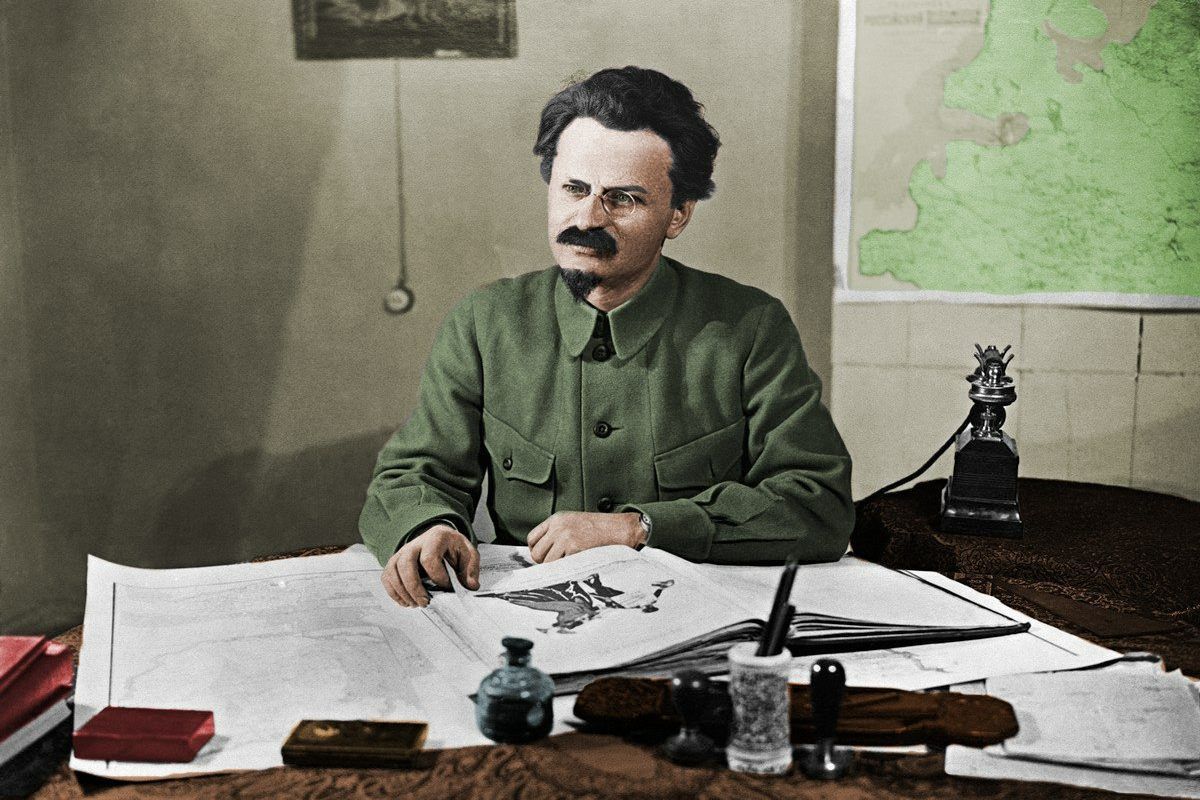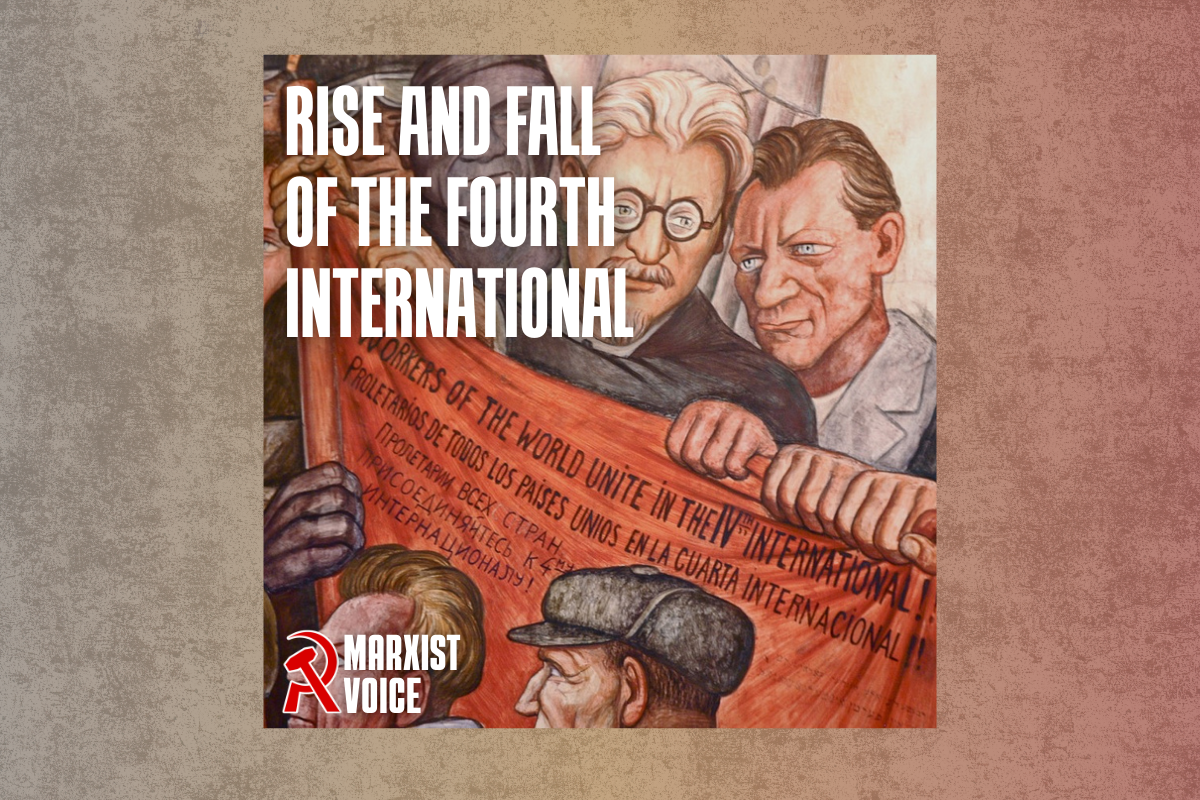The bourgeoisie will never forgive Vladimir Ilyich Lenin for doing the impossible.
Exactly 108 years ago today, Lenin and the Bolshevik party led millions of workers and peasants in a revolution against Russian capitalism, ushering in the world’s first workers’ state, and inspiring millions across the world to do the same.
For this he is endlessly vilified by the defenders of capitalism – even to this day. On the flipside, the lessons of Lenin’s life and ideas are upheld and cherished by revolutionary communists today.
Struggle for ideas
As Rob Sewell and Alan Woods explain throughout their recent biography In Defence of Lenin, Lenin was so much more than just a ‘practical’ party builder – which is the narrow reputation some people on the left attribute to him.
He was, like all the great Marxists, first and foremost a brilliant theoretician. He mastered the ideas and method of Marxism, and put them into practice by guiding the perspectives and tactics of the Bolshevik party.
Bolshevism was built first and foremost on the open struggle for correct ideas, to differentiate revolutionary Marxism from every other trend out there. Russian Marxism was born out of a struggle against rival trends.
For example, one of Lenin’s first theoretical works, What the “Friends of the People” Are and How They Fight the Social-Democrats, was a polemic against the leaders of the middle-class Narondnik movement. This classic text deals with everything from philosophy, to economics, to tactics.
While founding Iskra (‘The Spark’), the first all-Russian Marxist newspaper, “Lenin argued that the prime task was to work for ideological unity within the movement, which would be forged through the adoption of a clear Party programme.”
For Lenin, the organisational principles of the new party flowed from its ideas. “The revolutionary party is, first and foremost, the programme, perspectives and methods, then secondly, an organisation that is equipped to carry these ideas into the working class, beginning with its most advanced stratum.”
Far from any kind of conspiratorial or dictatorial methods, Lenin always struggled openly for clear ideas before anything else.
As Lenin commented, reflecting on the split between the Mensheviks and Bolsheviks, which was ultimately a split between reformism and Marxism:
“A free and open struggle. Opinions have been stated. The shades have been brought out. The groups have taken shape. Hands have been raised. A decision has been taken. A stage has been passed. Forward!”
Steering the course
When the 1905 Russian Revolution broke out, however, the Bolsheviks were caught off-guard.
Lenin attempted to bring home the gravity of the situation to the Bolshevik cadres, while pointing to the enormous potential that the revolution had thrown up. In a letter to fellow Bolshevik Bogdanov, the language he used could not have been more forceful:
“We need young forces. I am for shooting on the spot anyone who presumes to say that there are no people to be had… We must, with desperate speed, unite all people with revolutionary initiative and set them to work. Do not fear their lack of training, do not tremble at their inexperience and lack of development.”
Lenin knew that the fresh revolutionary youth that were entering the movement would be the ones to determine the success of the revolution.
Based on a formalistic, schematic understanding of Marxism, the Mensheviks believed that the working class should subordinate its interests to the bourgeois liberals in the struggle against Tsarism, postponing the struggle for socialism to the distant future. Their entire approach was defined by class collaboration.
Lenin fought vigorously against this. Throwing aside lifeless schemas, he pointed out the concrete reality: the Russian liberals had the most to lose from a revolution against Tsarism, whereas the workers and peasants had the most to gain, and should therefore be in the driver’s seat of the revolution.
Later, when the 1905 Revolution was defeated, Lenin had to take up another kind of struggle. Feeling demoralised, many left-leaning intellectuals began abandoning Marxism for subjective, mystical philosophies.
Lenin again held the fort, and defended the fundamentals of Marxist philosophy. The result was another classic text of Marxism, Materialism and Empirio-Criticism.
As Sewell and Woods point out, “Lenin concluded his book by emphasising that philosophy was not merely an abstract question with no relevance to politics, but a manifestation of the ideological struggle between antagonistic classes.”
The road to revolution
During WWI, following the betrayal of the parties of the Second International, who collaborated with ‘their own’ imperialist ruling classes to send the working class to the slaughter, Lenin was tasked with regrouping the forces of genuine, internationalist Marxism.
This meant going back to the dialectical philosophy of Hegel, as well as studying how the development of the world economy had necessarily led to imperialist conflict. Since the war was a natural outgrowth of capitalism, calls for “peace” were utterly utopian – socialist revolution
In this period, Lenin produced yet another masterclass of Marxism: Imperialism: The Highest Stage of Capitalism, alongside several other key texts on imperialist war, which Wellred Books has published as part of Lenin’s Selected Writings.
By 1917, the Russian Empire was torn apart by the Tsar’s disastrous war campaign. The working class was at breaking point, and the country erupted in another revolution, which toppled the centuries-old Romanov dynasty.
As Lenin explained in his April Theses, overthrowing the Tsar was only the first step. The task of the working class was to take power through the soviets, end the war, and begin building the task of socialist transformation.
But the reformist leadership of the Mensheviks and SRs instead handed power back to the bourgeoisie. And wavering elements within the Bolsheviks, like Kamenev and Stalin, backed this class-collaborationist line.
Once Lenin returned from exile he first had to re-orientate some of the Bolsheviks. Intoxicated by the success of the revolution, some of the Bolshevik leaders had illusions in collaborating with the Mensheviks, and worse, the imperialist Provisional Government.
Lenin once again found himself in a minority within the party leadership. But with the rank-and-file of the party behind him, and the force of clear, political arguments, he was able to win the party over to the perspective of a second revolution to put the working class in charge.
Armed with this perspective, the Bolsheviks waged a relentless struggle to win over a majority in the soviets, and direct the working class towards the conquest of power.
Once they had won the political support of the organised workers, soldiers, and peasants, all that was needed now was for the Bolsheviks to kick down the rotten door of the Provisional Government.
As Sewell and Woods observe, “the insurrection was so peaceful, even compared to the February Revolution, that there were only five casualties, all from the ranks of the revolutionaries. This was the most bloodless revolution in history.”
The Congress of soviets met the following day, and the course of history would never be the same. “Lenin said simply, ‘We shall now proceed to construct the Socialist order!’ Again that overwhelming human roar.”
In Defence of Lenin
In Defence of Lenin is the most comprehensive Marxist biography of Lenin ever written. Rather than offering a dry recount of historical trivia, like most bourgeois biographies, this book sets out to teach its readers how to think like Lenin.
View this post on Instagram
In the course of doing this, Sewell and Woods also dispel all of the lies that the bourgeois historians fabricate about Lenin, as well as the distortions offered by anarchists, Stalinists, and others. Using a wealth of facts and quotations, the real Lenin is brought to life.
In Defence of Lenin doesn’t stop at 1917 either. Across its two volumes, the book goes on to explain how the Bolsheviks struggled through the Civil War against the White Armies, backed by foreign imperialism, and how Lenin’s skilful tactics guided the young workers’ state through imperialist blockade, invasion, decimation, and economic stabilisation.
Sewell and Woods uncover some of the rich lessons from the Communist International, which was led by Lenin and Trotsky in the aftermath of the Russian Revolution, in order to found communist parties across the world, and spread the revolution globally.
The book ends with Lenin’s final struggle against the growing bureaucracy in the Communist Party and in the Soviet state, which he undertook alongside his comrade and collaborator Leon Trotsky.
Alongside Bolshevism: The Road to Revolution and Trotsky’s three-volume History of the Russian Revolution, this book is the finest resource for any communist looking to absorb the lessons of the Russian Revolution today.
In Defence of Lenin – a powerful weapon
On the anniversary of the October Revolution, the RCP is honouring the legacy of this great struggle in the best way possible: by learning from it.
This year we have held numerous public meetings, reading groups, and one-on-one discussions based on In Defence of Lenin by Alan Woods and Rob Sewell.
“I had always found inspiration in the Russian Revolution, seeing that we needed a revolution today in Britain,” said one comrade. “In Defence of Lenin taught me how this earthshattering event was achieved. Lenin worked tirelessly to build a party capable of leading the revolution. Now I want to do the same!”
On Thursday 6 November, London RCP branches held a public meeting on In Defence of Lenin with author Rob Sewell (see above for the recording).
View this post on Instagram
Across the country there will be more discussions on the Russian Revolution and Lenin, where this book will be available to buy. For more information on meetings in other cities, get in touch with us!
Comrades of the RCP have also been making sure In Defence of Lenin is available in university libraries.
At Cambridge, Imperial, Goldsmiths, Queen Mary, University of Manchester, Manchester Metropolitan, Cardiff, Reading, Exeter and York – you can now uncover the real legacy of Lenin and the Russian Revolution.






